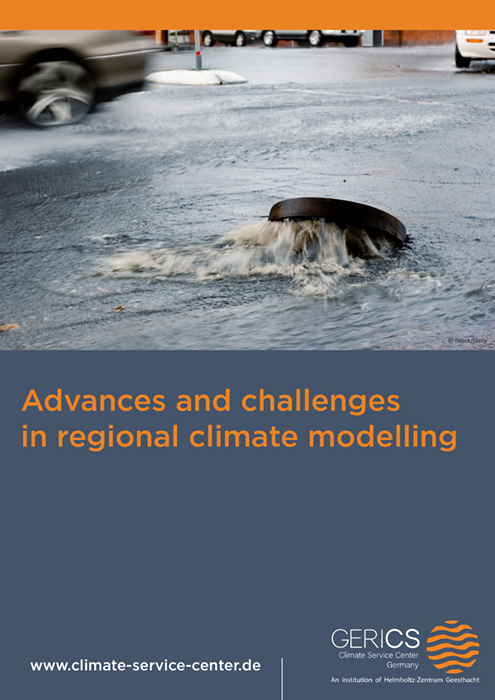Here, Dr Kevin Sieck from the Climate Service Center Germany (GERICS), details the advances and challenges in regional climate modelling today
By way of background to the Climate Service Center Germany (GERICS), we learn that supporting governments, administrators and businesses in their efforts to adapt to climate change have been at the forefront of their mission during the ten years they have been around.
This in-depth analysis comes highly recommended if you want to learn more about climate change. For example, did you know that the World Economic Forum listed weather extremes and the lack of adaptation to climate change as the two most important risks for the next ten years? Did you know that urban areas are particularly prone to increased temperatures and temperature extremes, due to the urban heat island effect? In this vein, detailed climate information for urban areas is essential in supporting the decision-making for adaptation to climate change in cities (http://edition.pagesuite-professional.co.uk/html5/reader/production/default.aspx?pubname=&edid=9729a540-e2ed-45ff-8c16-d898cca71745).
Farther on, the author draws our attention to the fact that one solution for obtaining higher resolution regional climate information is a technique called dynamical downscaling with regional climate models, which have been successful time and time again. The author also highlights that regional climate models have become a crucial tool for climate services globally “to bridge the gap between basic scientific knowledge on climate change and practitioners using climate information”.
In Europe and North America, climate services like GERICS are pushing the boundaries of regional climate modelling towards a kilometre-scale resolution to cater to the need for local climate information. One of the most prominent activities concerning this is the WCRP CORDEX Flagship Pilot Study on Convection, which sets out to create the first coordinated kilometre-scale climate change simulation ensemble for the European Alps.
Finally, we find out about the two major challenges in creating century-long kilometre-scale climate change simulation ensembles. The first is the lack of computational resources, and the second challenge is the actual models. I encourage you to read this in-depth piece to learn more about these challenges and the many aspects of climate change that are discussed here.


